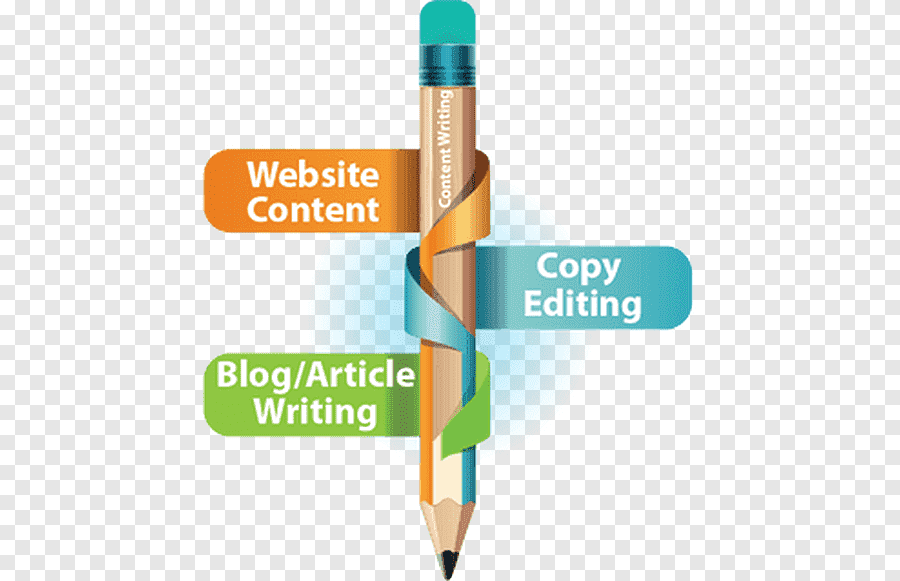Ten Simple Ways to Ensure Your Flyer Is Noticed in the Crowd
A flyer is a cheap and very powerful approach to draw attention in a crowded market. How can you differentiate your flyer from the competition? Here are several methods used by skilled designers to create flyers that really "pop."
1. Create a catchy title or headline.
To make it memorable, unique, or thought-provoking, use a few well-chosen, impactful words. The terms "easy," "the secrets to," "unlock," "finally," "insider," "time-sensitive," "how to," "free bonuses," "now you can," "proven," and "finally" are present in many popular games.
2. Make use of eye-catching or vibrant images.
Many tiny photos won't have the same impact as one large image. A powerful image or drawing draws the viewer in, sets the tone, and strengthens the narrative. Your "focal point" image is what will grab the attention of your readers. On the Internet, you may get high-quality stock photographs at a reasonable price. You can buy a CD with hundreds of photos or download individual pictures.
3. Pay attention to the advantages of your good or service.
"What's in it for me?" is a query that your prospects will pose. Put yourself in their shoes and write with the pronouns "you" and "your." Steer clear of the terms "we," "us," "I," and "our." Make sure your text is concise and direct. Useful terms include "free," "save," "love," "new," "results," and "guarantee." Use bullet points to split lengthy paragraphs and store each one in its own box.
4. Make strong case studies and testimonies.
Nothing makes a stronger impression than a satisfied customer's recommendation, particularly if it highlights the advantages of your good or service. Please ensure that you include the endorser's name, last name, firm name, and location.
5. Use contrasting colour sections, borders, and boxes to arrange your page.
Your flyer doesn't have to be completely covered in text and images. Add some white space to the flyer to draw attention to specific parts and to make it easier to read.
6. Clearly identify the points you are making.
Boldly highlight headlines and subtitles; do not use ALL CAPS, as they are harder to read.
7. Avoid becoming overly intricate.
Use just two typefaces and align the pieces to a grid to keep it simple. Non-printing guidelines will be provided by your page layout programme. Utilise the "snap to guidelines" feature to effortlessly align objects with the grid. Consider the printing margins. When creating your layout, I advise you to leave 1/2" margins all around or to allow 1/8" for bleeds on elements that extend beyond the page's edge.
8. Remember to proofread.
Get another person to proofread your writing. Verify your contact details. Check the phone numbers on the flier by dialling them, and confirm the website's URL by typing in its address.
9. Give this a shot if money is tight.
Choose paper with a striking colour or design, then print using black ink. To create tones and contrasting background areas, use varying colours of grey.
10. Provide a special, time-limited pricing or a discount.
On the flyer's bottom quarter, create a coupon. Make sure you specify the offer's boundaries and timeframes precisely. If the coupon is mail-in, make sure to include the payment instructions along with spaces to fill out your mailing address, credit card details, etc.
When designing your flyer, there's no need to reinvent the wheel. Your marketing efforts will provide significant returns if you apply these tried-and-true strategies.
















